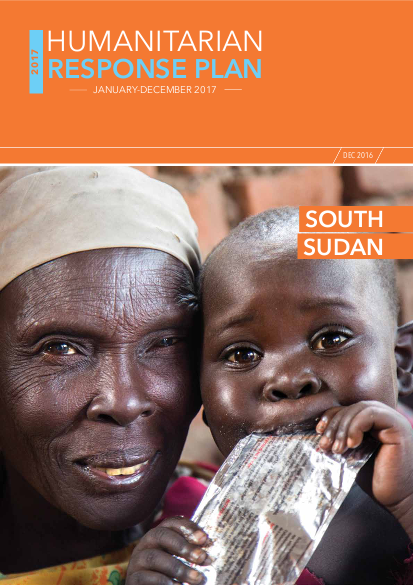
Under the 2017 South Sudan Humanitarian Response Plan, humanitarian partners aim to respond to the most life-threatening needs of 5.8 million people out of an estimated 7.5 million in need of humanitarian protection and assistance across South Sudan.
In the face of rapidly growing needs, the plan represents the result of robust prioritization and difficult decision-making by humanitarian partners. It focuses on intervening in locations where the most lives are at risk and implementing activities with the greatest life-saving potential. Recognizing that South Sudan is first and foremost a protection crisis, a separate strategic objective on protection has been re-instated, and the centrality of protection has been reiterated throughout all aspects of the plan. The plan acknowledges that, given the expansion and deepening of the crisis, humanitarians will be able to meet only the most urgent and severe needs.
It is therefore circumspect in its ambitions and, rather than aiming to build resilience, focuses on responding in a way that bolsters the ability of those most at risk – particularly in hard-to-reach areas – to respond to the threats they face. The plan was developed in complement to the United Nations Country Team’s Interim Cooperation Framework (ICF), which includes efforts to build resilience and strengthen basic services, with every effort made to eliminate duplication and ensure maximum synergies between the plans. As South Sudan is a uniquely challenging and costly operational environment, the plan endeavours to maximize efficiency, in line with the Grand Bargain signed at the World Humanitarian Summit, including through the use of common logistical services core pipelines. Throughout 2017, humanitarian partners will continue to urge relevant authorities to allocate resources for humanitarian action, in line with their responsibilities.